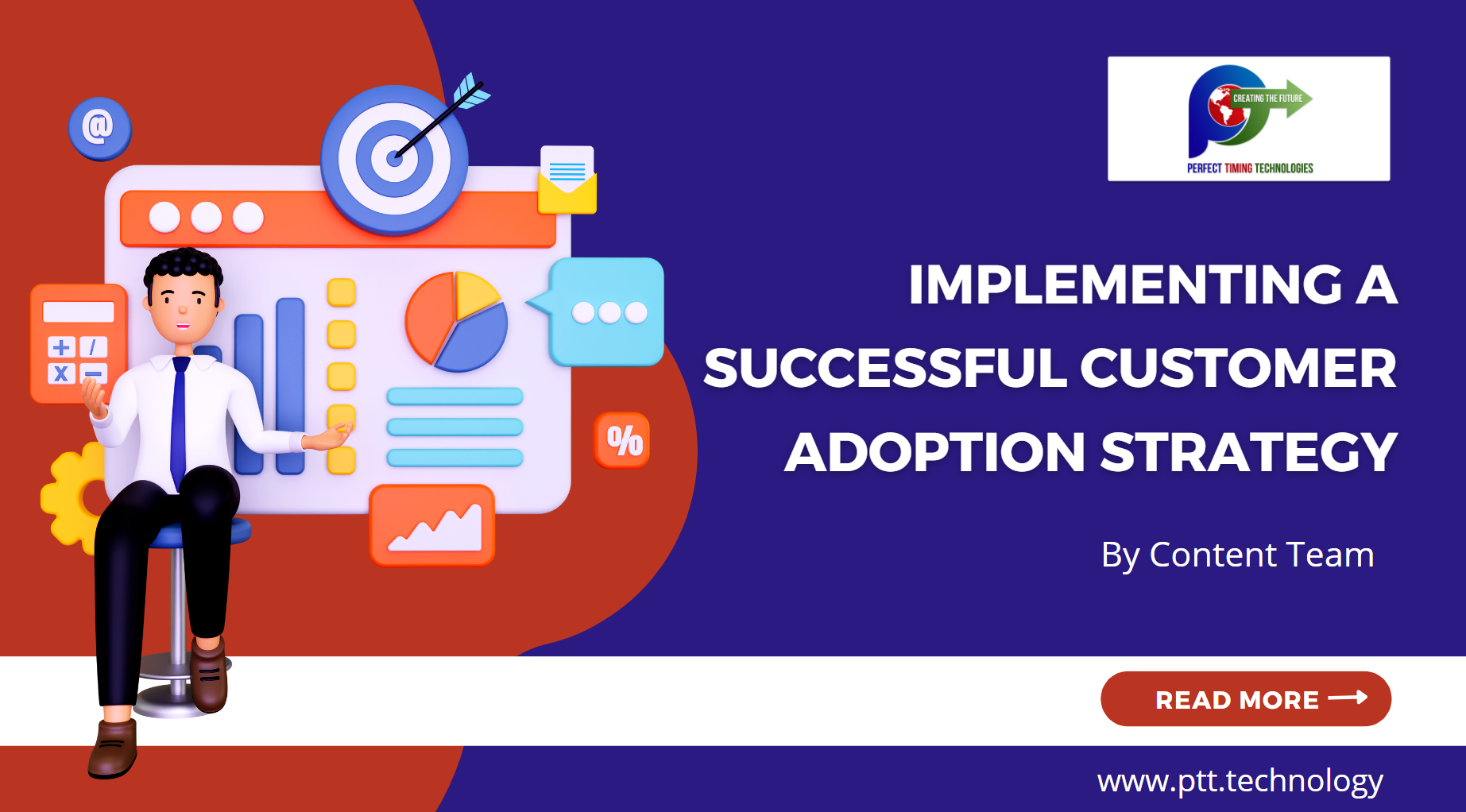
Whenever you introduce new products, services, or tools in the market, you want new customers to adopt your offerings quickly. With so much competition in today’s world, it is a challenge for companies to make customers adapt to their products and services. However, by leveraging data-driven insights and customer feedback, you can formulate and implement a solid customer adoption strategy.
Customers want outcomes that can efficiently meet their demands. Businesses in the meantime, strive to achieve those outcomes by providing solutions and building trust among the customers.
What is Customer Adoption?
In simple words, customer adoption refers to the rate at which existing or new customers adopt or purchase new products introduced by a business in the market.
A customer adoption strategy is aimed at maximizing the effective use and implementation of your newly launched products or services by the customers.
Customer adoption is an ongoing process and can be divided into 5 stages as discussed below-
- Awareness stage: This stage refers to the phase when a new or existing customer becomes aware of a company’s new product, service, tools, or features introduced. This can be done via email marketing, text messages, word of mouth, social media, etc.
- Interest stage: This is the stage wherein the customer gets inquisitive about a new product, service, or feature he has been exposed to. They might indulge in extracting more information or doing research about the new offering.
- Evaluation stage: During this stage, the customer evaluates your new product, service, or feature to decide on certain things. Customers analyze whether or not they want a particular product or service and are worth investing their money or not.
- Testing stage: In this stage, the customers give your product or service a try by signing up for a free trial, taking up a free demo or tutorial, or becoming a part of beta testing. This stage aims to examine the credibility of this newly introduced product, service, or feature.
- Adoption stage: This is the last but the most crucial stage as the customers make their final call by buying the product and integrating them into their daily lives. Once the product is purchased and adopted in a customer’s life, the customer adoption goal is accomplished.
What are the Benefits of Customer Adoption?
Several factors define a business’ customer adoption strategy. An effective customer adoption strategy can reap your company and prospective customer numerous benefits.
- Enhanced Customer Lifetime Value: Customer adoption enhances the lifetime value of your loyal customers. Customer lifetime value refers to the amount spent by a business on each customer that avails its products or services and the value of the customer over time. The CLV will help you to know the impact of customer adoption on sales and boost your processes and efforts wherever necessary.
- Increased Customer Satisfaction: A company’s success is largely dependent on customer satisfaction. It increases market share, lowers costs, and generates revenue which is why it is the priority of every business. Customer satisfaction can be achieved through great customer support and a high customer adoption rate.
- Less Customer Churn Rates: It is easily understood that higher customer adoption would mean a lesser customer churn rate. If the customers do not find value in your new product offerings, they will simply move away from your brand. Positive customer experience and successful adoption lower the chance of customer churn.
- Improved Customer Experience: Customer adoption is successfully achieved by providing quality products and excellent customer experience. The digital experience offered by a business is key to increasing customer adoption and thereby improving the overall customer experience.
- Reduction in Training and other related costs: A successful customer adoption will save you a lot of money in several ways. It will reduce marketing, customer support, training, and otherwise expensive retention costs. Hiring a customer support staff and developing customer training programs can be time-consuming and costly. Focusing on customer adoption can save you overhead expenses.
- Improvement in Products: By constantly monitoring the customer adoption rate, you can easily identify the changes in customer behaviors and make improvements in your products and services. These relevant insights can help the product development and sales department to know the likes and dislikes of potential customers. This will help your business to find ways to improve customer experience and make the necessary product enhancements and updates.
- Building Relationships with Customers: Building meaningful customer relationships is achieved through customer engagement. Customers that are fully engaged with your business are likely to become loyal customers in the long run.
Adopting an effective customer adoption strategy helps your business in ample ways. Firstly, you must define the customer personas and set goals for customer adoption. While planning your customer adoption strategy your primary goal should be to keep your customers engaged throughout and enhance their overall experience.
If you are a new entrant in the market and want to successfully launch your products or services, hire professional IT consultants. Many IT consultancies offer digital marketing services to help startups achieve their business goals.
To discuss your customer adoption strategy visit www.perfecttimingtechnologies.com







